Given the variety of soups available and the various recipes used around the world, one common culinary argument has been whether soup should be eaten or drunk. Soup is served in bowls and eaten using flatware in some areas.
While in other parts, soup is slurped and drunk from mugs, bowls, and teacups. As a result, whether to drink or eat soup arises. We’ve figured out if you can drink or eat your soup.
You can drink or eat soup. However, this depends on the thickness of the soup, the most appropriate dinnerware used to serve it, and the origin of the soup.
This article explains all you need to know about eating or drinking soup. We’ve also provided some ideas on how to enjoy your soup. Everything you need to know about eating or drinking soup is right here.
Do You Drink or Eat Soup?
You can drink and eat soup. You are eating your soup if you use flatware, but you are drinking if you slurp or sip the soup directly from your bowl or mug with your mouth. You are eating the soup when you use flatware such as a spoon, fork, or chopsticks to pick out solids to chew.
It is also possible to drink and eat from the same bowl of soup if you eat the solid elements with flatware and slurp the liquid from the bowl. Drinking and eating soup depends on some factors. These factors are:
1. The Consistency of The Soup
Depending on the recipe, some soups are clear and thin, while others are chunky and thin.
Soups that are clear and thin are often made without solids. They are prepared with liquid and seasoned to taste with condiments and spices. Some examples are broth, bouillon, and consommé.
Because it lacks solid elements such as veggies or protein, this type of soup is usually drunk or slurped from a bowl. Chunky and thick soups, on the other hand, are produced with solid ingredients like protein chunks, cheese, silken tofu, and vegetables like potatoes, carrots, chili peppers, lettuce, and cabbage, among others.
These ingredients combine to give your soup a thick consistency that makes drinking or slurping from a bowl difficult. As a result, using flatware to pick up pieces to chew is required. Purees, potato, mushroom, soup, bean soup, chicken miso soup, and chicken gumbo are all examples of thick soups.
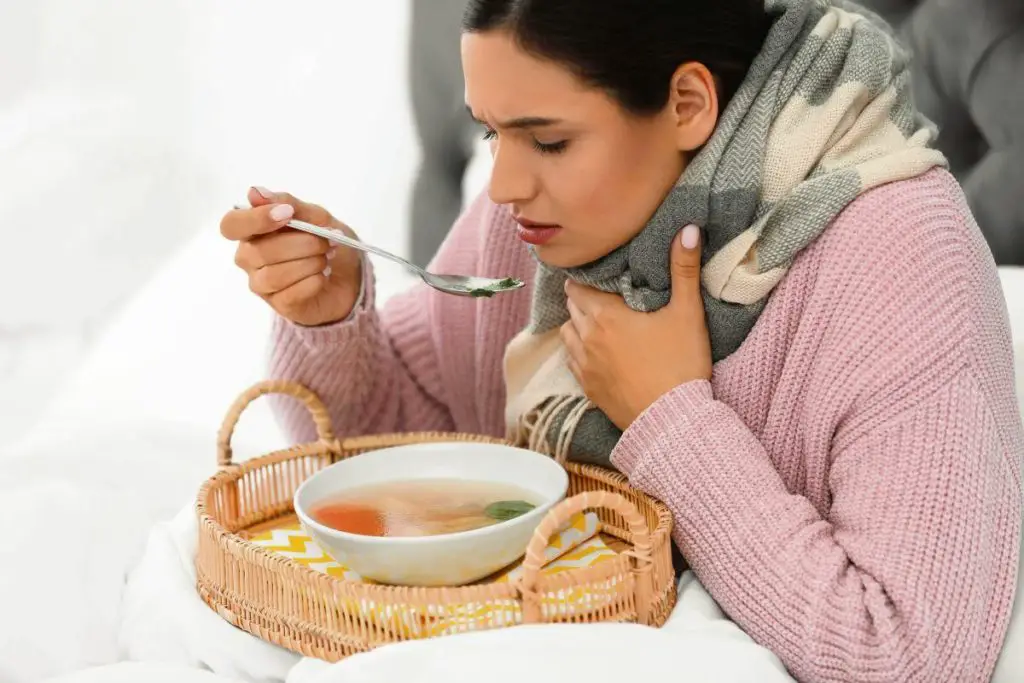
2. The Kind of Dinnerware And Flatware Used in Serving
The dinnerware used to serve the soup determines whether you can eat or drink your soup. In addition, the consistency and quantity of the soup usually determine the flatware and dinnerware used. Being served with a bowl with flatware means you would be eating the soup.
On the other hand, if served in a bowl or mug without any flatware means you would either be drinking or slurping the soup. Some people prefer serving their clear soups in mugs or teacups instead of a bowl because they can be sipped easily without dripping soup on themselves.
3. Origin of The Soup Meal
The origin of a soup also influences whether it should be consumed or drunk. The Chinese, for example, are famed for drinking their soups rather than eating them. Instead of tea or water, soup is commonly served as a beverage during meals in China.
Italy and Portugal are noted for having some of the thickest soups in the world. Soup is generally eaten rather than sipped in these areas.
4. The Side Dish of The Soup
In a region like West Africa, where their staple meals are swallow dishes, soup is usually eaten, not drunk, regardless of the consistency of the soup. The swallows are usually scooped with the soup and eaten with bare hands, although some people use cutlery to eat them.
Pounded yam with egusi soup, and konkonte and groundnut soup are examples of swallow meals.
When Should I Drink or Eat Soup?
If you are not sure whether you can eat or drink your soup, you should consider the factors we mentioned earlier. The most appropriate dinnerware is chosen based on the consistency of the soup meal.
Serving potato soup in a mug, for example, is not the best option because slurping or drinking chunky potato soup from a mug or bowl is bound to result in a mess.
In addition, the origin of the dish might help you decide whether to drink it or eat it. A trip to China, for example, would allow you to sample their cuisine. As a tourist in China, drinking your soup signifies your desire to integrate into their community, and this demonstrates cultural respect and value.
Tips For Enjoying Your Soup
These suggestions would help you enjoy your soup meal:
- If you’re trying a new dish, familiarize yourself with it by viewing a video, using a reputable cookbook, or calling a chef who can provide guidance as you create the soup.
- Before you start cooking, make sure you have all of the ingredients and cooking equipment you will need. This will allow you to relax and enjoy your time in the kitchen. You won’t have to dash to the supermarket while you’re preparing your meal.
- Always keep an eye on what you’re cooking; if you’re easily distracted or multitasking, setting an alarm can assist. You will enjoy your soup when it is neither burnt nor overcooked.
- The flavor of your soup will be enhanced by using homemade stock.
- Add a splash of vinegar and spices to a bland soup.
- Cook with fresh vegetables.
- When cooking, make sure your soup has enough liquid. This reduces the risk of burning.
- Consistently stirring your soup keeps it from burning.
- Keep left-over soup refrigerated and eat it within three days. If you need to keep soup for a long time, freeze it.
- Serve with a tasty side dish.
Final Note
Although the right ingredients, in the appropriate proportions, make for a good soup meal, how it is served also determines whether it is enjoyed.
So you can enjoy your next soup delicacy, we have provided factors to consider before deciding whether to eat or drink your soup meal.
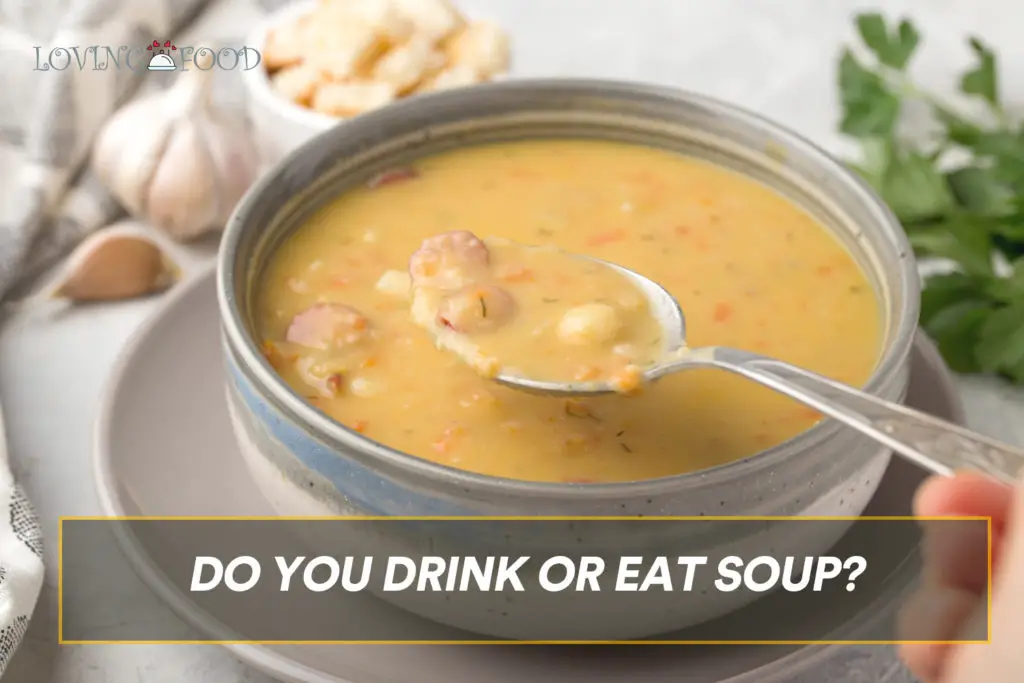
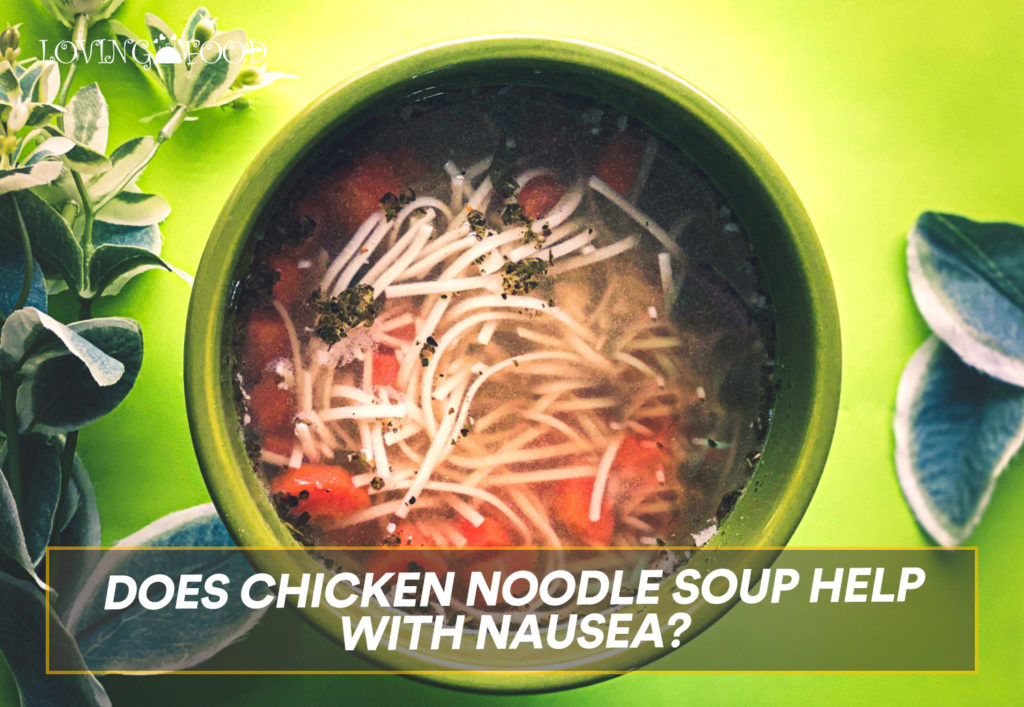

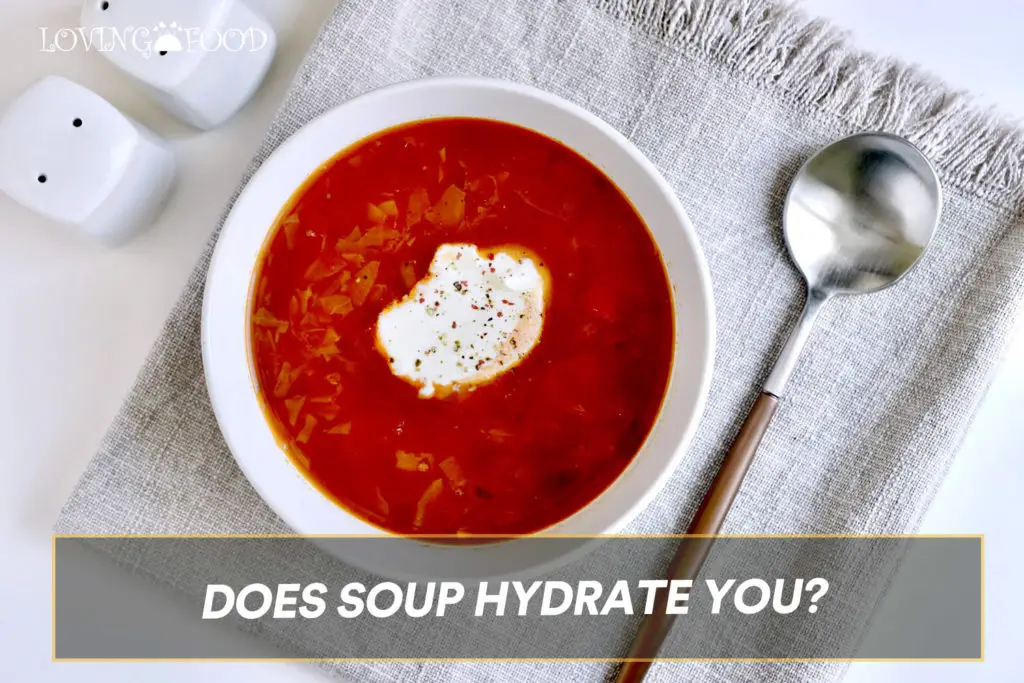
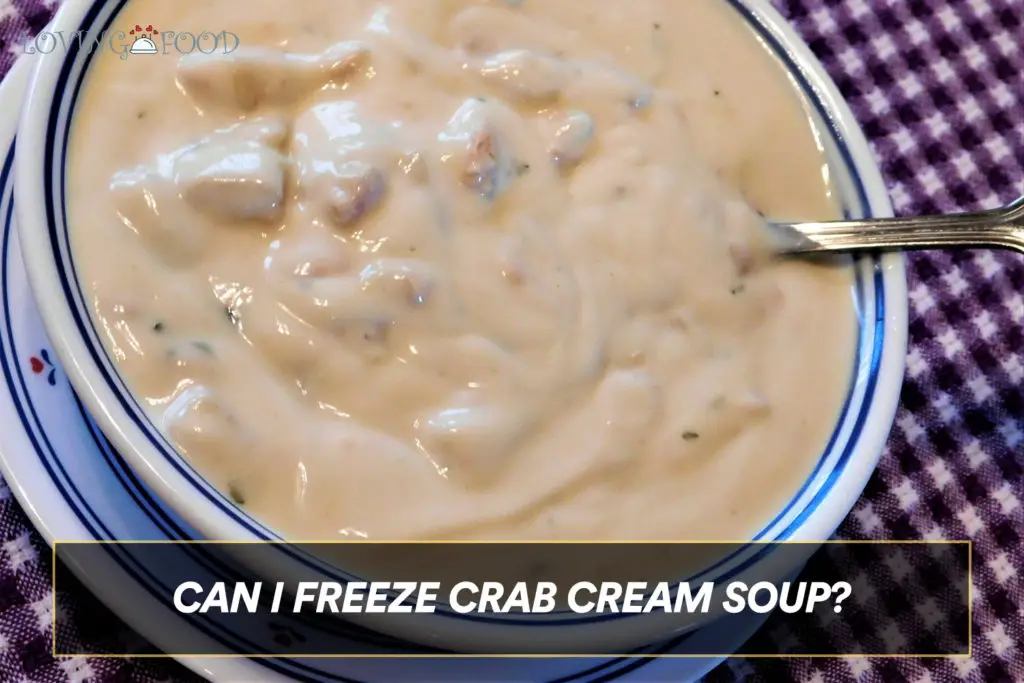
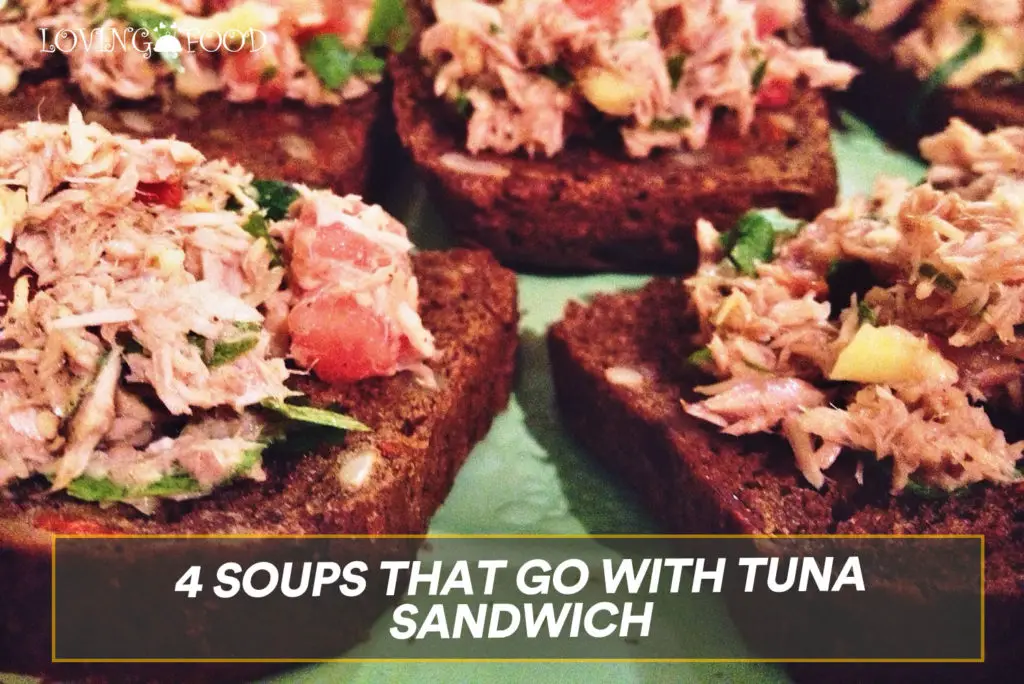
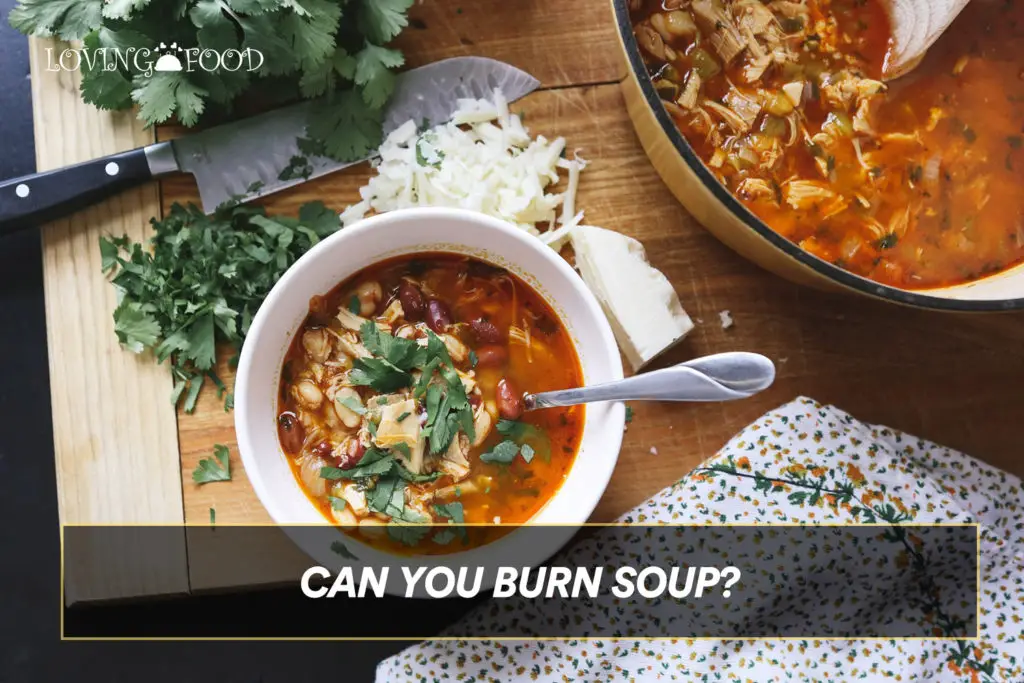
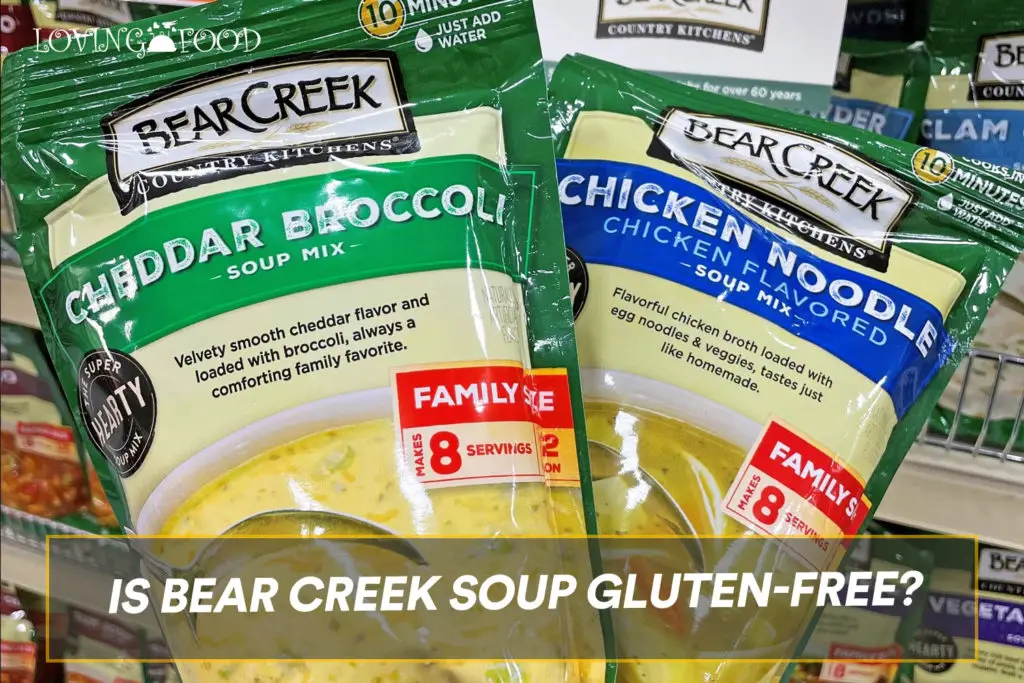
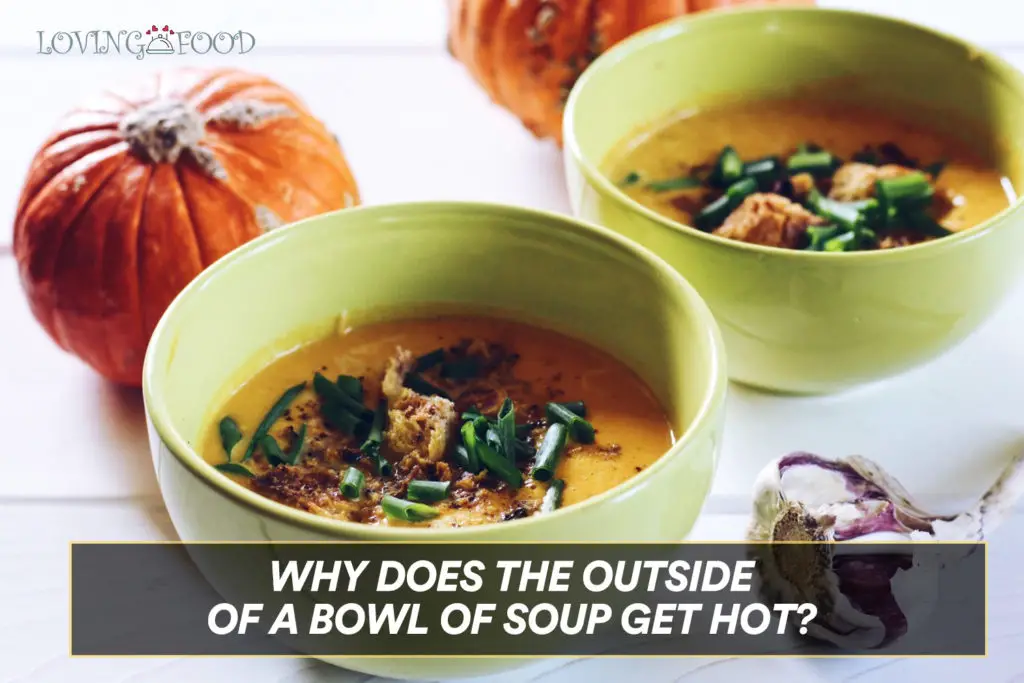

Comments are closed.